If I Only Had a Booth
Things I learned about booth safety before I even had one.
26 October, 2021
Things I learned about booth safety before I even had one.
26 October, 2021
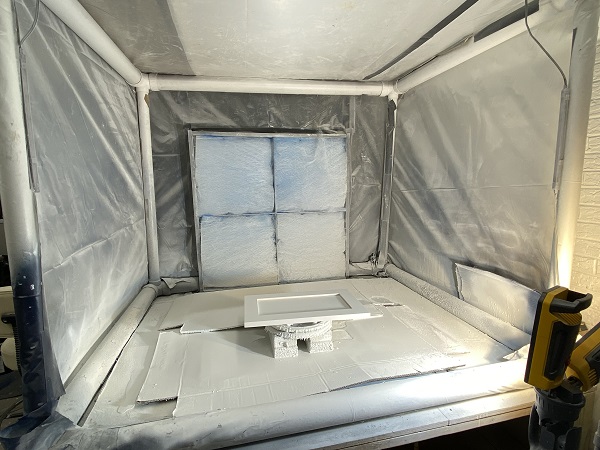
Almost every contractor in America is getting calls for cabinet painting these days, and only a very small percentage have taken the plunge to invest in or build a “forever” workspace. Below is a list of simple steps you can take to improve safety and air quality until you can build or buy a permanent booth. And of course, all these tricks can still be applied once a more professional setup is acquired.
The first step should always be to check in with your township, municipality and/or fire marshal and get compliant as quickly as you can afford to for both the legal and health/safety aspects. That being said, here are a few guidelines to make sure you live to paint another day — and into another decade.
Set up small: If you are a contractor who is exclusively doing cabinet refinishing and not dealing with furniture, consider a benchtop-style booth. They have a much smaller footprint, and we found it much easier to control airflow/ dust, which keeps things safer with the smaller space. This is ideal for smaller shops that are generally working with one set of cabinets at a time.
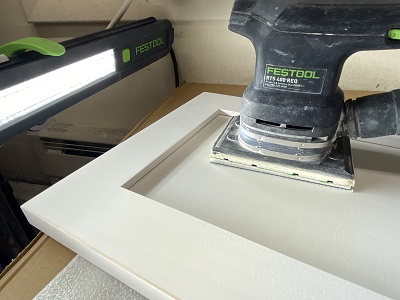
Don’t be volatile: Avoid solvent-based paints whenever possible. I think this goes without saying for most contractors who have hopped on the cabinet painting bandwagon in recent years, but I know quite a few old-school painters in our area who are still afraid to try something new. While most high-performing cabinet paint has some sort of volatile material in it, it is widely agreed that water-based products are generally safer, and this is the direction the refinishing industry is headed toward.
High-quality water-based products we have worked with that are super durable and successful at blocking tannins/dyes include Envirolak, Centurion, and Milesi. Just cutting out the “gassing off” associated with solvent-based materials is a massive improvement. I don’t see the topic of vapors come up in safety discussions nearly as often as overspray, but it should because they are equally deadly and less understood. For example, one might assume — as I did — that vapors “float off into space” to clear themselves out of a room. But … no. Solvent-based vapors are heavier than air and therefore are more likely to be found circulating around your floors. Which takes us to the next point.
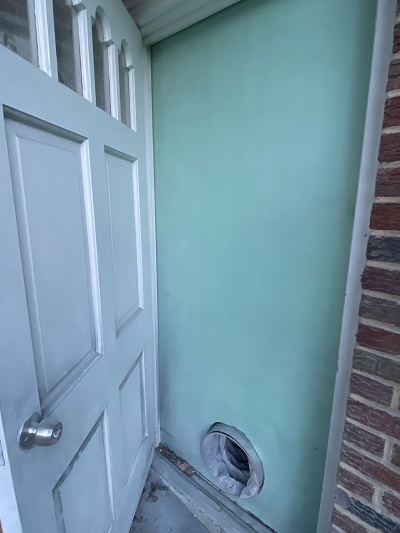
Whole-body approach: Protect your eyes and skin, not just your lungs. Putting safety aside for a moment, I am most comfortable wearing shorts, a T-shirt and a pair of flip-flops. But airborne particulates and vapors are not good for your skin or eyes, and you must protect against them. We have been taught that waterborne products are the lesser of the evils when it comes to dangerous work environments, but a full-face respirator and coveralls are a worthwhile investment if you plan to live a long and healthy life. At the very least, grab the best respirator you can afford, along with some goggles, and make sure your skin is covered with gloves, long sleeves and long pants. And no open-toe shoes!
Paint arrestor filters: I have heard these called everything from booth filters to intake filters to media. If you have an industrial paint booth, you know all about these, but for those who don’t, these are thick filters that are designed to keep overspray and airborne particulates away from fan and exhaust systems. These filters are superior and work much, much, MUCH better than a furnace filter for exhaust because they are designed to catch paint. Long-lasting and cost-effective, these products can be found in both pre-cut sizes as well as rolls. Paint arrestor filters have varying thicknesses and not all are created equal, so do some experimenting and keep track of what works best with your particular booth setup and/or follow the manufacturer’s recommendation.
Let’s clear the air: Last but certainly not least, consider buying an air scrubber. Air scrubbers, also known as “negative air machines,” are devices used across the construction industry to improve air quality. These machines come in a variety of sizes and work well both in the shop and in a customer’s home. Unlike a simple fan, air scrubbers purify air by removing airborne particles and have a multistage HEPA cleaning system capable of filtering out almost any harmful particle (think dust, asbestos, mold, etc.). Many of these machines have a carbon filter option, which can even pull smoke, odors and dangerous chemicals from the air. Prices on these can vary greatly, but depending on your needs and the size of a space, they start at around $500. This is one of the best purchases our company has made to keep our work environment a safer place to be.
Better be safe. You won’t be sorry. APC
About The Author
Curtis Tankersley has owned Just Add Paint, a full-service residential painting company in central Pennsylvania, since 2004. Company members regularly attends seminars with industry leaders, and the company paints roughly 40 sets of cabinets per year. “I have been blown away by the willingness of professionals in the cabinet painting industry to share their knowledge and help with problem-solving,” he says. “It is the only field I know of where, in many cases, you may end up with a returned call from the company president explaining the finer details of a product.”
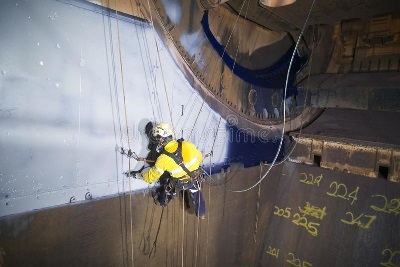

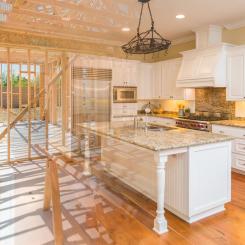

Add new comment